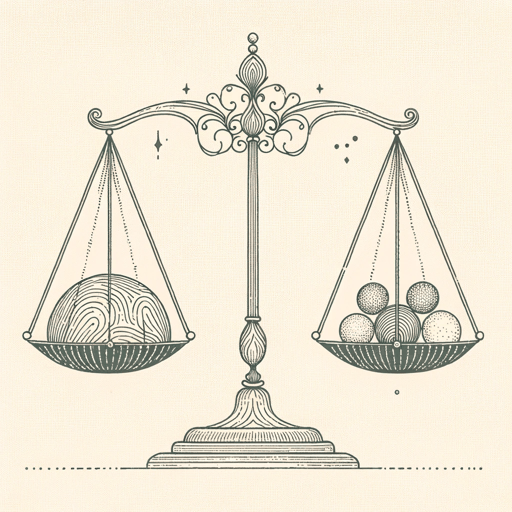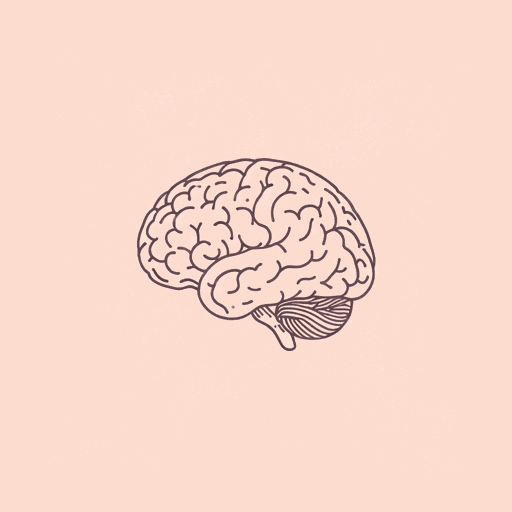66 pages • 2 hours read
Robert M. SapolskyWhy Zebras Don't Get Ulcers: A Guide to Stress, Stress Related Diseases, and Coping
Nonfiction | Reference/Text Book | Adult | Published in 1993A modern alternative to SparkNotes and CliffsNotes, SuperSummary offers high-quality Study Guides with detailed chapter summaries and analysis of major themes, characters, and more.
Themes
The Biology and Effects of Stress
The theme of The Biology and Effects of Stress appears primarily in the first half of the book. It serves to provide the framework for the development of The Implications of Modern Chronic Stress and for identifying the limitations of stress management.
Sapolsky identifies several brain structures, hormones and neurotransmitters, and biological processes involved in stress. Although the processes are complex, Sapolsky presents a simplified version of the biological processes relevant to the material in the text: A stressor triggers the sympathetic nervous system, which sets off a chain reaction of stress hormones. The hormones activate certain bodily functions, such as mobilizing stored energy, while inhibiting others, like growth and digestion, so that the individual physically prepares to deal with the stressor. After the stressor passes, the parasympathetic nervous system restores allostasis. The effects of the stress-response evolved to help evade short-term physical stressors, so stress increases cardiac output and sends energy to large muscle groups, like the leg muscles, which provides the body with additional strength and energy to fight or to flee.
Some researchers have suggested that this is a male stress-response and that females have calmer responses that encourage social behaviors. Many biological processes are improved during the initial stress-response: Memory, growth, and immunity, for instance, are boosted.
Related Titles
By Robert M. Sapolsky




